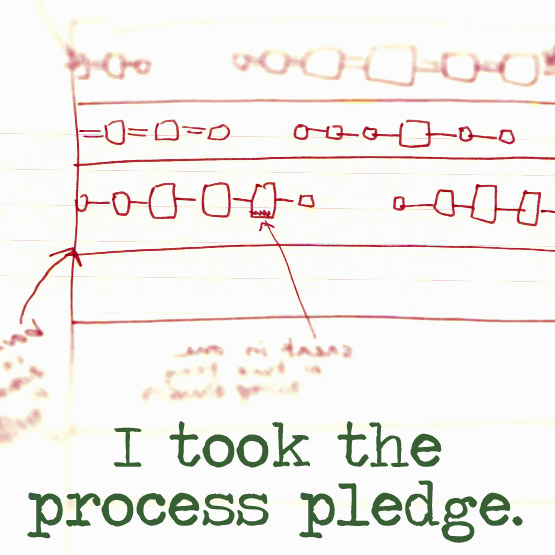So here's my version of the second block in Barbara Brackman's
Civil War quilt-a-long,
North Star.

This post to go with this block is about the Abolitionists in the North, as well as the North Star, Polaris, which surely must have provided a guide for escaping slaves.
There are a lot of people joining in with this quilt-a-long. There is even a Flickr group, which I plan to join when I can figure out how on this old browser. And at first I planned to alternate one block from the beginning with one block from the end, back and forth, so that I could at least kept up with the others in some way; but now I'm thinking that the
order in which these are made is important, too. Because I know storytelling when I see it.
In making this second block, North Star, which Brackman is linking with the Abolitionists, right after the first one, Catch Me If You Can, which she uses to highlight the stories of escaping slaves, I found myself thinking about my own opinion of the Civil War. Now I like history; but the type I've usually been most interested in has been ancient history, like that of Rome, or of Egypt, or the Etruscans or Celts.
I'm a northerner, myself, a born New Englander, and I live in a two hundred and fifty year old colonial, the kind with the great central chimney. When I think of local wars, the Civil War isn't the first one that comes to mind. It's the Revolutionary War, or even King Philip's War, some of which took place
very locally to me. So I haven't thought much about the Civil War. There are no Civil War battlefields anywhere near me that I know of. But I know which houses in the central village of my town were Tory houses, and I know that the garrison in Swansea, just over the river from me, was burnt down in King Philip's War.
So there's a distance to it. And, it is true, that distance means I think about it in rather simplistic terms. As in, my side, the North, was the
right side, and theirs, the South, was the
wrong side.
Now I don't actually believe that
isn't true, complicated reality or not; for me it does boil down to South = slavery, North = doesn't. When I was in eighth grade, I think, I was taught that the primary reason for the Civil War wasn't necessarily slavery, but was economics; at the time I just said,
Oh, and nodded, thinking that it was more complicated than it seemed; now, however, I know that calling it the very distant and sanitary-sounding 'economics' really makes no never mind when the economy of the South was
based on slavery.
I think, actually, it is important to judge some things. An abusive person's version of an incident is not to be given the same weight, the same benefit of the doubt as what his victim says to be true; nor, I think, is it right to just say,
Well that's how people thought at the time. Reading
Huckleberry Finn in high school, I, like everyone else in my nearly all-white class, assumed that the copious use of the N-word in that book was simply reflecting how the word was ubiquitous at the time. That
is true, I think, but my further assumption that since it was just what they called Black people at the time it was morally neutral was
not true. It was as racist a word then as it is now. I think it is important to not lose sight of things like that.
I had no idea making a quilt would spark such musings. I really like this.






























